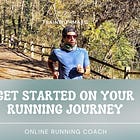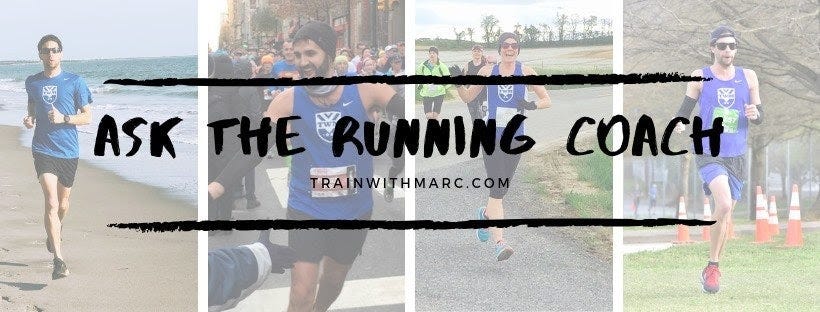I was finishing up my long run on Thursday morning. There was a guy who turned on the street and was roughly 50 to 100 meters ahead of me.
I tried catching him to keep my pace up. What can I say? I’m competitive. I was on the left side of the road - the correct side. He was on the right hand side. The wrong side. (You’re supposed to run against traffic so you can see oncoming traffic).
I crossed the road so I could take my cutoff to head to my house and now he’s basically right in front of me. He still does not know I’m behind him. Instead of passing him, I turn off.
If I had wanted to pass him, he very well might have jumped out of his shorts.
I say all this to warn remind us that if you can’t hear someone coming up behind you, you’re in potential danger.
I have a list of 7 common-to-most things to think about as you head into the spring.
1. Run Against Traffic
I don’t have the science or the rule book as to why we are supposed to run against traffic, however, it’s the rule or the law, and besides being able to see oncoming traffic (maybe that’s reason enough), you should be running against traffic. This means you should be on the left side of the road with your left hip on the outside of the road.

2. Wear Bright Colors in the Dark
If you want to be seen by traffic, cars, pedestrians, or anyone you need to be wearing reflective gear or bright colors.
Being safe is better than being pancaked by a car that doesn’t see you.
3. Limit Headphone Use
I love my headphones and I love my podcasts, but it’s still really important to be able to hear your surroundings. If it’s dark out (early mornings for me), I don’t wear headphones. As much as I like my podcasts, I like knowing if something or someone is coming up behind me and you can’t do that when it’s dark out and you have headphones on.
4. Inform Others
Carly knows my running schedule and I pretty much know hers. She doesn’t worry about me much, unless I come back way later than anticipated (doesn’t happen very often). Otherwise, we know roughly where we’re going and when we should be back.
Be that person for someone.
5. Workout Days & Long Run Days
Workout days and long run days should be your longest and “hardest” sessions of the week. I wrote about this philosophy and you should definitely read it.
6. Recovery Run Days
Recovery run days feel the hardest because you and your muscles should be depleted. You’ve just run hard the day before and your body is letting you know it needs the recovery. Recovery days don’t have to be off days, as we know they can be cross train days, easy runs, or a variety of other activities that help promote recovery.
7. Striders
Striders (short sprints with lots of rest) help with turnover and can be a great way to introduce speed into any basic running program.
Friday’s Action Plan:
Some of these tips might be *duh* to you, but for some, it might be the difference between being able to run the next day or not.
On the Blog:
The Optimal Number of Days You Should Be Running Per Week
The 8 Principles that Guide My Running
…And From the Newsletter:
Marathon Training Guide to Getting In Race Shape
Early Summer Dos and Don’ts of Running
Quote of the Week:
Excitement starts the race, but discipline carries you to the finish line.
How to Connect with Me:
Thanks for reading until the end. You can certainly get a hold of me in any number of ways, but if you have a comment about this post, click below.
Do you just love this post? Awesome and thank you. Go ahead and share it on X!








